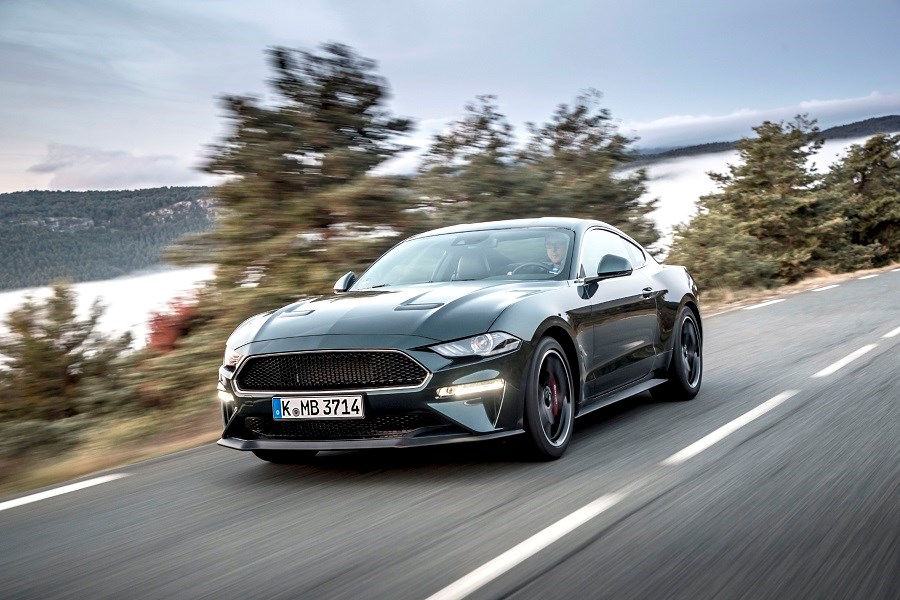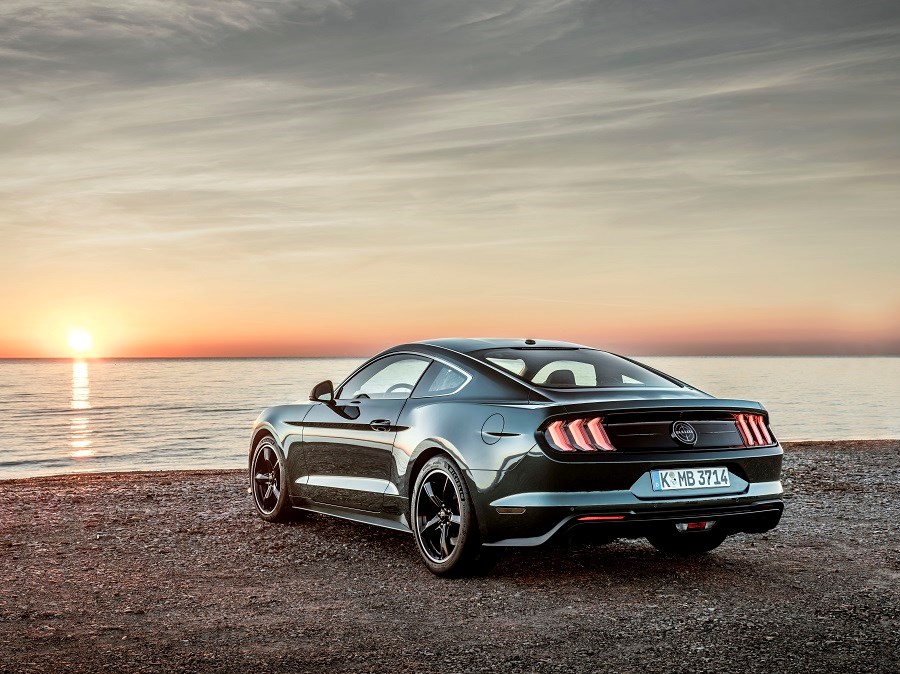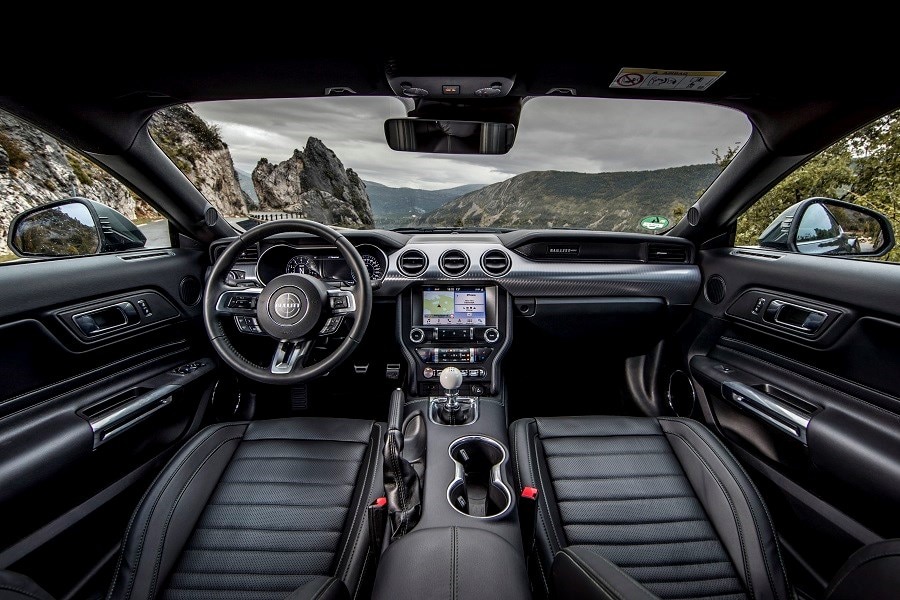Latest model
The Mustang got a minor facelift in 2018, with a few modifications to bring the car’s technology up to date and to redress that poor Euro NCAP performance that the first incarnation of the sixth-generation Mustang recorded.
As a result, it now gets pre-collision assist with pedestrian detection technology, as well as lane-keep assistance.
At the same time as the safety improvements, the Mustang’s V8 received some minor improvements. The power output was increased to 444bhp from 410bhp, with the torque output unchanged at 529Nm.
Another quirky feature is the Mustang’s ‘Good Neighbour Mode’, which deliberately turns down the exhaust note during certain times of the day to avoid unsettling the peace.
Ford has also introduced ‘MagnaRide’ adjustable suspension, which adjusts the damper stiffness and spring rates depending on the driving mode.
The four-cylinder EcoBoost Mustang appeared concurrently with the facelift.
Value for money
One of the biggest things to appeal about the Mustang when it first appeared on British shores was its incredible value for money, and if anything that rings even truer today.
If you can live without the V8, then the GT model can be had for less than £34,000, with the Mustang convertible costing an additional £3,500 on top.
If you can stretch to the V8 (if you can, then you should) it’s still substantially less than £40k, £38,165 with a manual gearbox and £39,665 with a five-speed automatic.
There’s nothing particularly high tech or futuristic about the Mustang, but that makes it far less expensive than many of its contemporaries, as you don’t end up paying for tech that you don’t need.
While the list prices are surprisingly affordable, don’t think for a minute that the Mustang skimps on standard equipment. It’s well equipped with keyless entry, a limited-slip diff, xenon headlamps and Ford’s SYNC 3 infotainment system as standard.
Looks and image
There aren’t many cars on sale today that make you want to cast a glance backward after you’ve parked them up, but with the Mustang you simply can’t help it.
It manages to beautifully combine the traditional and the modern with the silhouette of the original Mustang which is immediately evident in its profile, this is alongside several modern styling touches as well.
The 2018 facelift saw some minor tweaks to the front-end, so there are now air vents on the bonnet and slightly different daytime running lights, while the front wheel arches flare outwards to help deflect air flow.
The in-your-face muscle car appeal of the Mustang remains, while the rear lamp clusters still echo those of the 1964 original.
The retro appeal continues inside, too, with a dashboard and three-spoke steering wheel that again recreate the look of the classic original Mustang in a more modern context.


